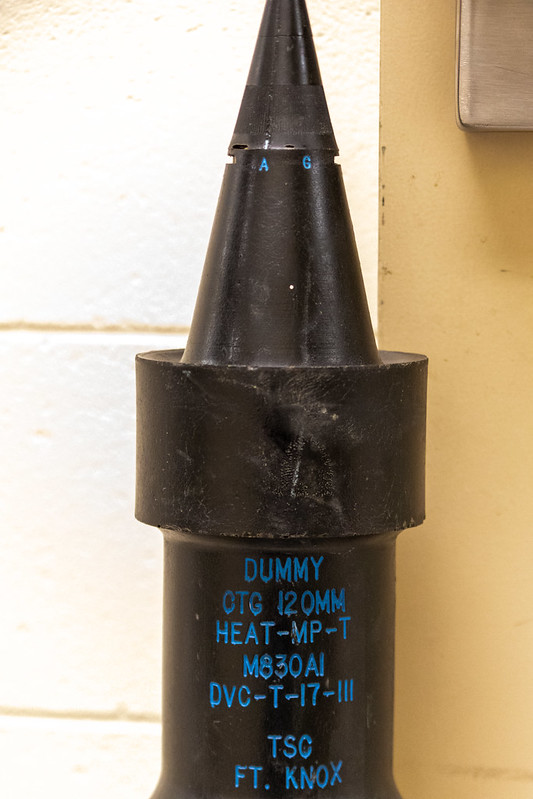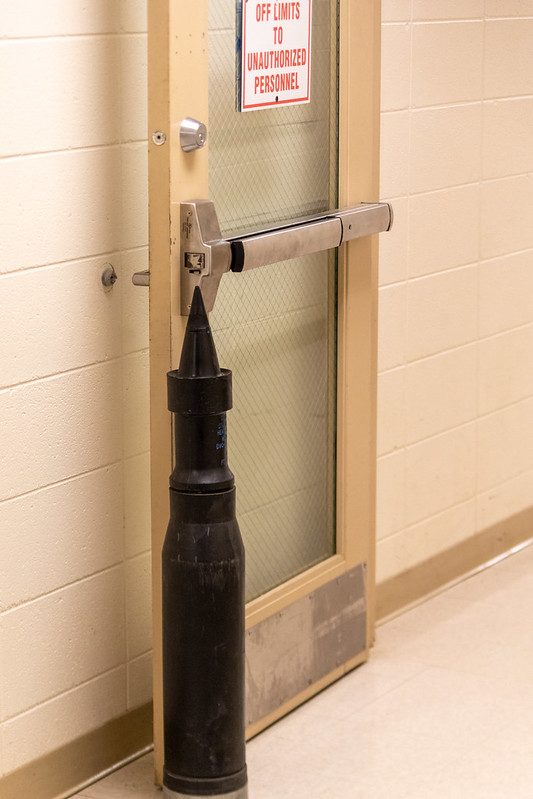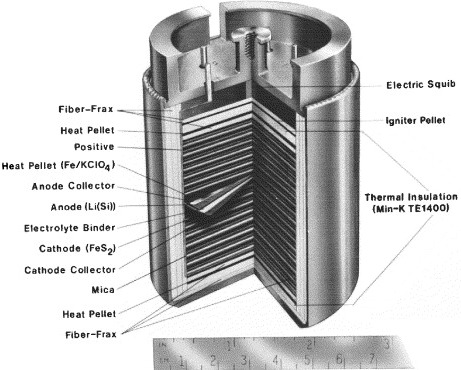Cap'n Jack
Final Approach
I was visiting customers and one of them had unusual door stops. The pointy end could be rotated to one of two settings. What do the settings mean?
Air and Ground?
Air doesn't make sense unless the tank is shooting at a helicopter, maybe. I'm pretty sure a helicopter is difficult to aim at unless they are just hovering in one spot.
 JAK_1162 by Jack Silver, on Flickr
JAK_1162 by Jack Silver, on Flickr
 JAK_1161 by Jack Silver, on Flickr
JAK_1161 by Jack Silver, on Flickr
Air and Ground?
Air doesn't make sense unless the tank is shooting at a helicopter, maybe. I'm pretty sure a helicopter is difficult to aim at unless they are just hovering in one spot.
 JAK_1162 by Jack Silver, on Flickr
JAK_1162 by Jack Silver, on Flickr JAK_1161 by Jack Silver, on Flickr
JAK_1161 by Jack Silver, on Flickr

